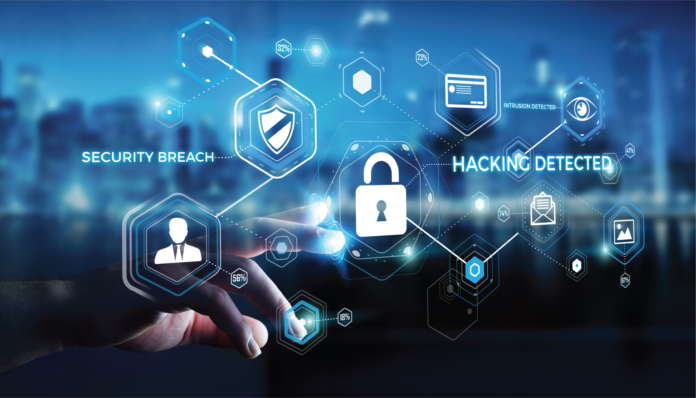Organizations can relieve the strain on IT teams while maintaining a productive, efficient, and intuitive user experience by using the right integrated and comprehensive solutions. This allows businesses to maintain their integrity regardless of where or how their employees work.
Cybersecurity is quickly becoming a priority for businesses across all industries, and for good reason – it’s vital for safeguarding the privacy of the consumers and organizations, as well as avoiding reputational harm from ransomware or phishing attacks.
Cyber threats are also continually developing, posing new problems in an environment when businesses are already under pressure to adapt. Moreover, despite the widespread belief that security professionals are more than likely to have a robust cybersecurity strategy in place, the reality is that many are outed for failing to adequately protect themselves against cybercrime.
Also Read: The Risks and Benefits associated with Automated Cybersecurity Defenses
Here’s how leaders can ensure their company is protected with a robust cybersecurity strategy.
Evaluate Current Business Operations
Before they can properly update their cybersecurity plan, security leaders must first understand where they are beginning from. They must analyse their company’s security measures as well as the operations that must be secured in order to create a plan that is tailored to their individual demands.
A comprehensive cybersecurity strategy must address not only the obvious security risks, but also the hidden vulnerabilities that may be exploited. The more unprotected entry points a company has, the more options cybercriminals have to exploit them, from sensors and IoT devices to other end user devices.
Part of the reason security leaders should audit their operations and existing strategy is to identify what’s working and what isn’t, so they can tailor their tools and protocols to the risks their company encounters on a daily basis. Taking a risk-based approach to strategy necessitates knowing what they’re up against and the challenges to the company and industry, therefore an evaluation should be the first step.
Track the Networks
It’s hard to tell if systems are under risk unless security teams are aware of what’s going on inside them, which is why continuous threat detection solutions are critical for offering visibility across all digital environments.
Security teams can make any necessary changes before disaster strikes with network management. It can help them identify aspects of the security strategy that are failing and could put the whole system at risks.
The detection system will issue an alert of the type of threat activity that’s been detected so security teams can determine to respond effectively.
Also Read: How Enterprises Can Safeguard Critical Infrastructure from Cyber-Attacks
Device Management Should Be Modernized
Modern device management is an important aspect of boosting security in remote and hybrid working situations. Businesses should create a Unified Endpoint Management (UEM) system that can enhance user privacy while keeping corporate data safe.
The ability to implement device hygiene with mobile threat protection and risk-based patch management is often included in UEM architectures. It can also monitor device posture, remotely and quickly identify and resolve issues and ensure compliance. When selecting a UEM solution, it is important to ensure it has management capabilities that cover a variety of operating systems and is available via Software-as-a-Service (SaaS) and on-premises.
Monitoring is Key
One of the most significant issues with assessing security posture is that it is frequently reactive to an attack. This, paired with the fact that there aren’t enough people to fill IT jobs, creates a major problem. Getting a handle on Government, Risk, and Compliance (GRC) management is critical for mitigating threats and remaining compliant. IT should look for a system that allows them to input regulatory documentation quickly and easily in order to connect citations to security and compliance rules. This, together with automating repetitive-governance chores to replace manual tasks, will aid in the monitoring of cybersecurity defensive systems.
For more such updates follow us on Google News ITsecuritywire News. Please subscribe to our Newsletter for more updates.









